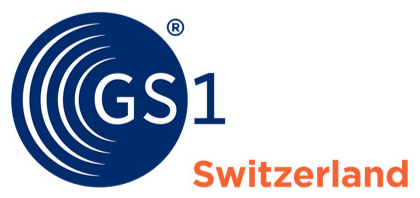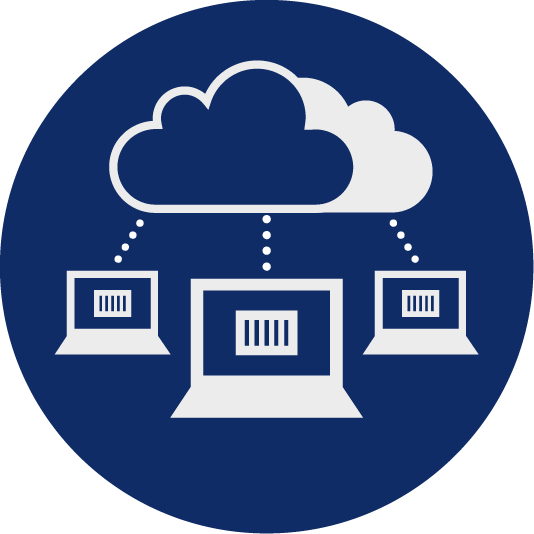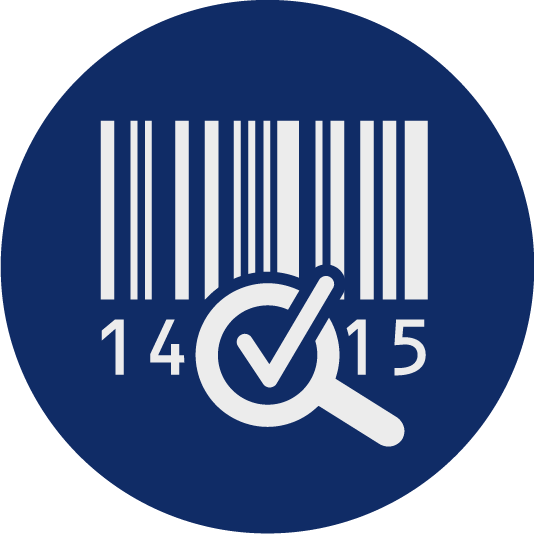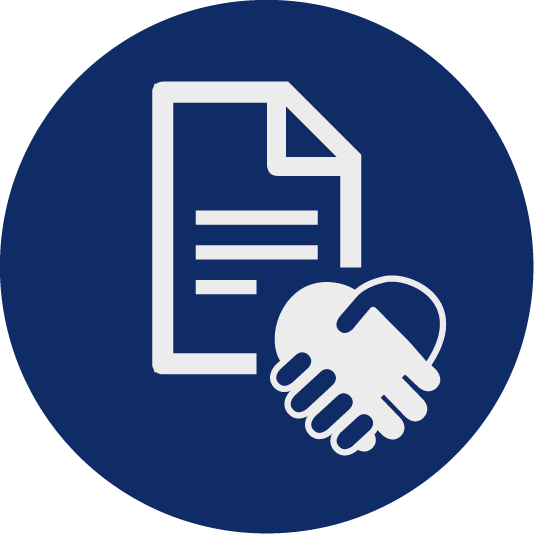GS1 Standards
GS1 standards are the basis of all supply chains and increase the efficiency in the flow of goods, information and values. As a common language worldwide, they ensure compatibility, transparency and create trust.
More than 2 million companies are successfully using the GS1 standards. The recipe for this is: "Identify - Capture - Share". The core elements have grown together to form an integrated system that is the prerequisite for moving into the digital world.
The GS1 standards in their entirety serve to make the supply chain more transparent and efficient by linking the physical world with the digital world. The GS1 system offers a set of synchronised standards that together form the basis for business processes across companies and industries.
By the determination of common identification keys, standardised data carriers and uniform rules for data exchange with defined data fields and sizes, the GS1 standards ensure the allocation of data worldwide without ambiguty and form the basis for transparency and digital solutions.
Only optimal flows of goods and information will increase the performance and efficiency of the economy in the future. This requires cooperation, transparent communication and GS1 standards.









